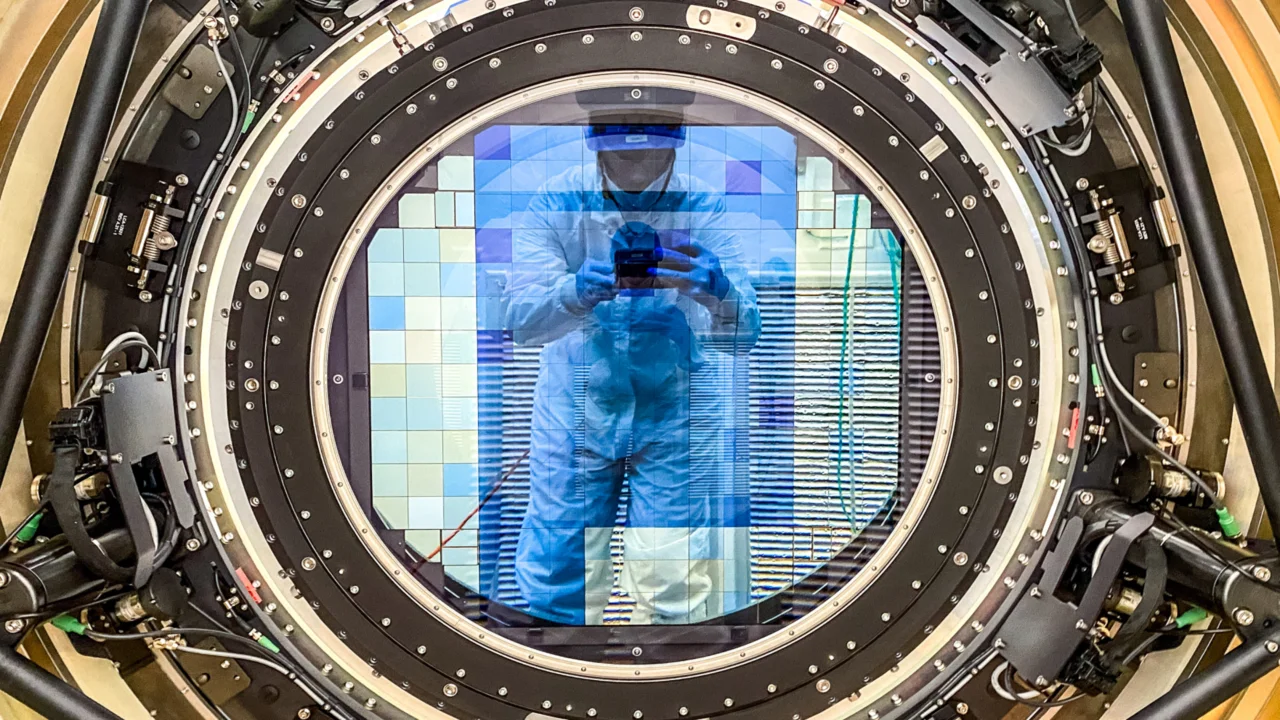What exactly was shown (and when)?
In August 2025, a Stanford-led team reported a brain–computer interface (BCI) that turns deliberately imagined phrases into on-screen text with up to ~74% accuracy. Four volunteers who’d lost speech after stroke or neurodegenerative disease took part. The decoder only wakes when users think of a preset passphrase — a playful “Chitty-Chitty-Bang-Bang”! Privacy first, then performance!
Where in the brain?
Researchers implanted microelectrode arrays in the motor cortex — areas that normally coordinate mouth, tongue, and larynx. Attempted speech and inner speech sparked overlapping patterns there; AI models learned those patterns and mapped them to phonemes, words, then sentences. Concrete, not sci-fi.
Why the “mental password” matters
Mind-reading? No. The system ignores everyday thoughts and responds only to an intentional cue. In tests the password detector worked with ~98–99% accuracy, then the BCI decoded short, consciously imagined phrases from a vocabulary reaching as high as 125,000 words. Faster than letter boards; less fussy than eye tracking; closer to real conversation again.
Limits you should know
Free-flowing monologue? Not yet. Signals are faint, vocabularies still constrained, and the hardware is invasive and wired — suitable for clinical trials, not home use. Spontaneous thoughts remain out of scope by design. Caution first.
How this compares and why it matters
Earlier assistive setups required users to try to speak, which is fatiguing and slower. Here, “inner speech” itself is the signal — quicker, quieter, potentially less tiring. By September 2025, related BCI efforts (e.g., Neuralink’s cursor control in daily life) underlined a shift from lab demos to live function. Different paths, same goal: restore autonomy.
What’s next
Teams are pushing for wireless implants, richer vocabularies, and real-time dialog. Equally urgent: ethical guardrails — consent, audit trails, and tamper-resistant locks — so decoding stays under the user’s control. That’s the headline. And the homework.
